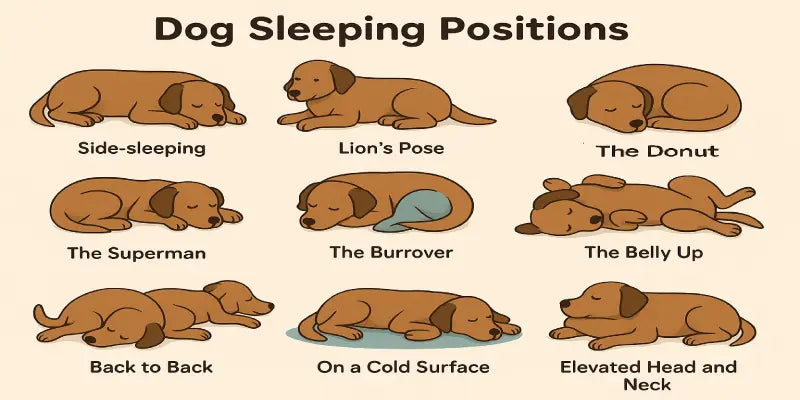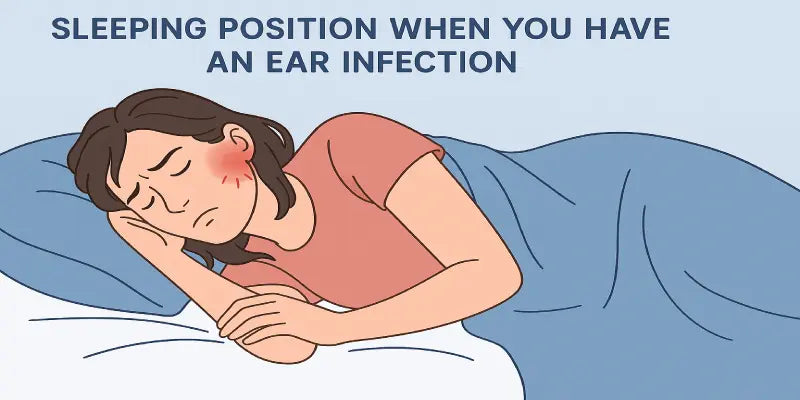
Dyspnea - Causes, Symptoms, Diagnosis and Treatment
Doctors use the term dyspnea to describe shortness of breath. Tightness in the chest, difficulty breathing, or a feeling of "air hunger" are the symptoms of Dyspnea. Breathlessness is often a sign of heart or lung disorders.
It could, however, be a sign of other medical disorders such as anxiety, allergies, or asthma. Dyspnea could also be caused by a cold or too much physical activity. In this blog, we’ll learn about the causes, symptoms. diagnosis and treatment of dyspnea.
Causes of Dyspnea
An episode of dyspnea is not always linked to a person's health. You can feel shortness of breath after you have done some vigorous exercise, pr travel to a high altitude or experience some significant temperature fluctuations.
However, dyspnea is generally associated with health concerns. Sometimes it's simply an issue of idleness, and exercise can help with symptoms. However, dyspnea can indicate a major health problem. If shortness of breath occurs suddenly, it is an acute episode of dyspnea.
Acute dyspnea may occur due to:
- Sleep Anxiety
- Pneumonia
- Heart Failure
- Hypotension, Which Is Low Blood Pressure
- Foreign Objects Obstructs Airways
- Allergic Reactions
- Anemia
- Collapsed Lung
- Hiatal Hernia
- Multiple Sclerosis
- Pulmonary Embolism
Multiple Sclerosis Dyspnea is also common among terminally sick patients. Chronic dyspnea is defined as shortness of breath that lasts more than a month. Chronic dyspnea may be linked to asthma.
Types Of Dyspnea
Paroxysmal nocturnal dyspnea
If you have paroxysmal nocturnal dyspnea (PND), you may experience difficulty breathing for an hour or two after going to bed.
Dyspnea with deep breathing
When using deep breathing to relieve dyspnea, significant sighing may occur.
Acute dyspnea
Acute dyspnea develops swiftly and lasts only a few hours to days. Allergies, anxiety, activity, and illness (such as the common cold or flu) can all produce acute dyspnea. A heart attack, sudden airway restriction (anaphylaxis), or a blood clot (pulmonary embolism) are all possible causes of acute dyspnea.
Chronic dyspnea
Chronic dyspnea is defined as shortness of breath that lasts for a long time (several weeks or longer) or recurs. Chronic dyspnea can be caused by ongoing medical disorders such as asthma, heart failure, or COPD. Inadequate exercise might also lead you to feel breathless all the time as your muscles strive to receive more oxygen.
Also Read:- Snore No More: Practical Solutions for a Peaceful Night’s Sleep
Signs and Symptoms of Dyspnea
Dyspnea symptoms might vary based on the underlying disease. Some of the common indications of dyspnea are:
- Tightness in the chest
- Difficulty with deep breathing
- Rapid breathing or a significant increase in heart rate
- Wheezing or loud breathing
- Shortness of breath
- Rapid breathing
Diagnosis of Dyspnea
To determine what is the cause of dyspnea, your healthcare provider will conduct a physical examination, which may involve taking your blood pressure and listening to your lungs using a stethoscope. Your finger will be exposed to a sensor to assess the amount of oxygen in your blood.
They may also perform further tests, such as:
- Chest X-rays, CT scans and other specialized imaging methods. Your doctor may use CT scans to examine images of your chest to see if you have a lung problem.
- Lung function tests can be done. These are assessments that measure how effectively you breathe.
- Blood tests may be used by your doctor to diagnose anemia or other conditions.
- Assessing the level of aerobic exercise. Your doctor will ask you to use a stationary bike or treadmill during this assessment. The tests can inform your doctor how much oxygen you inhale and how much carbon dioxide you exhale when exercising.
Treatment Options for Dyspnea
To get the correct dyspnea treatment, you must first identify the underlying causes. If it is a short-term activity, the shortness of breath will resolve on its own. However, if dyspnea persists or is recurring, treating the underlying cause will only help the situation. As a result, depending on the diagnosis, treatment may differ for each individual.
Some of the most widely used dyspnea treatments are:
- Breathing Exercises: You can do some breathing exercises that can help in improving your condition. It could be a breathing aid or specific exercises that you are advised to undertake.
- Rehabilitation: Cardiac and pulmonary rehabilitation can benefit persons with dyspnoea. Those who have had heart failure or suffer from lung conditions such as COPD may have shortness of breath. Rehabilitation may help to improve the condition.
- Medications: Certain health disorders (such as COPD and asthma) can induce dyspnoea, and drugs may be recommended. It may involve medications such as bronchodilators, which relax the airways and aid breathing.
- Address Obesity: Obesity is one cause of dyspnoea. If you are overweight, you must endeavour to reduce your weight to a healthy level. The objective can be achieved with regular exercise and a balanced diet.
- Say No to Smoking: Smoking is unquestionably one of the leading causes of lung, heart, and respiratory disorders. Smokers have a higher risk of suffering chest tightness and shortness of breath. Those suffering from dyspnoea should avoid smoking and being around smoke.
Prevention Of Dyspnea
The following are some techniques to avoid being out of breath:
- Staying away from anything that can irritate your lungs, such as paint fumes or car exhaust.
- Breathing exercises or other relaxation strategies.
- Avoid exercise in extremely hot or cold temperatures, or both. If you have a lung condition, keep an eye out for air pollution (ozone) alerts, which are typically included in the weather forecast. Stay inside during instances of high air pollution.
- Avoid smoking.
- Maintaining a healthy body weight.
Conclusion
Dyspnoea after doing activities such as jogging or hard exercise, is normal. The condition may only last a few minutes. Only chronic dyspnoea causes long-term shortness of breath. Do not ignore these signs and symptoms, as you may not be able to determine the exact cause without a medical diagnosis. The majority of problems can be treated if they are identified early on. So, visit your doctor right away.








